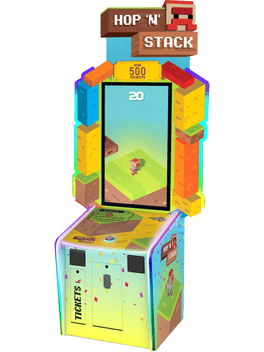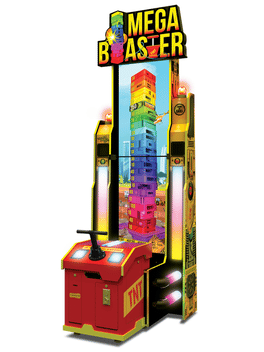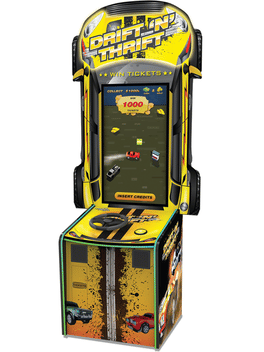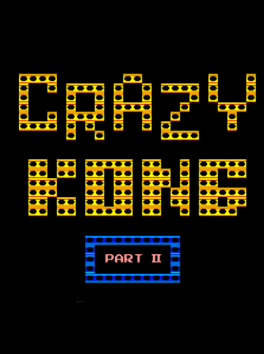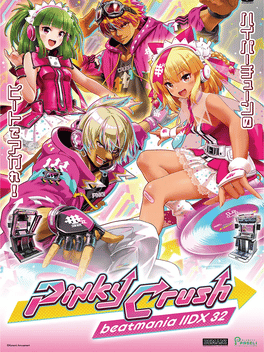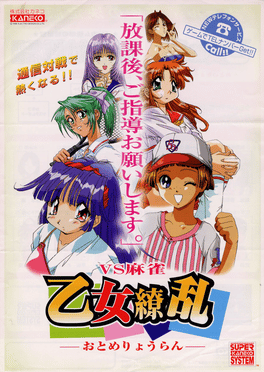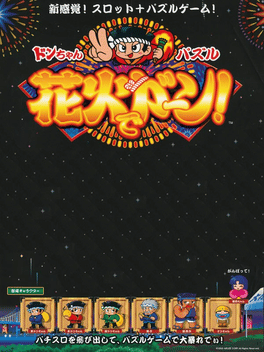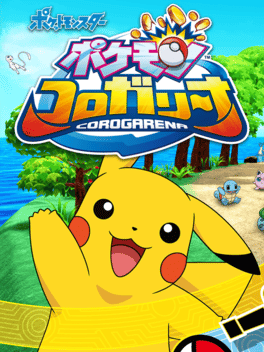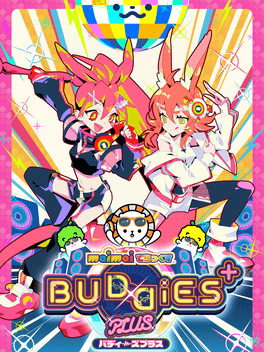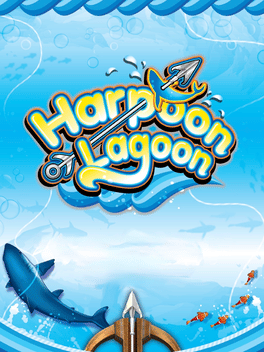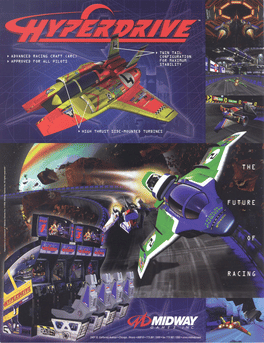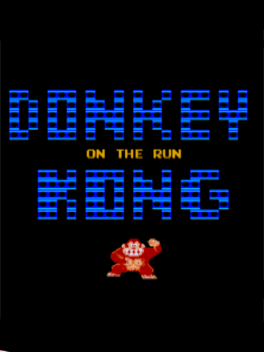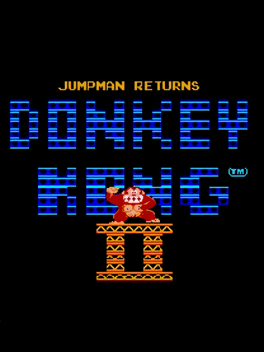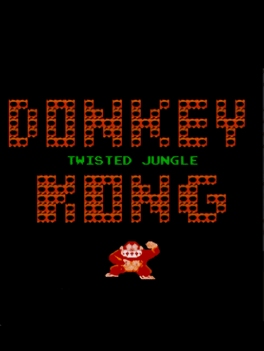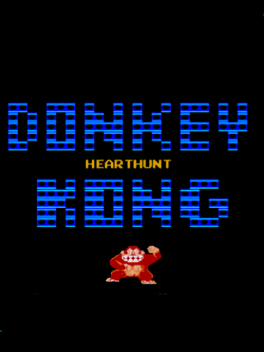Most Popular Arcade Games - Page 18
-
Hop 'N' Stack
2018
-
Mega Blaster
2022
Mega Blaster
2022
Use the right force on the TNT plunger to aim for the blocks and demolish the tower. -
Drift 'N' Thrift
2020
Drift 'N' Thrift
2020
Drift 'N' Thrift is an arcade game where you drift away from police while collecting gold and coins. -
Super World Stadium '99
Super World Stadium '99 (スーパーワールドスタジアム'99, literally: Sūpā Wārudo Sutajiamu '99), is a baseball arcade game that was released by Namco in 1999 only in Japan; it runs on Namco System 12 hardware and is the twelfth entry in the company's long-running World Stadium series. It is also the fifth entry in the series that does not use a Yamaha YM-2151 FM sound chip for music (as with its four immediate predecessors, it uses a C352 custom sound chip for everything) and the second title in the series which features three-dimensional polygonal graphics (as well as non-identical-looking players). -
Crazy Kong Part II
1981
-
Beatmania IIDX 32 Pinky Crush
2024
“beatmania IIDX 32 Pinky Crush” is a combination of “Pink”, a vivid and pure image color, and “Crush”, a radical image typical of IIDX. Until now, there has been a version that emphasizes the concept of HAPPY and EUPHORIC image along with the trend of dance music, but in this concept, the exaltation of the image that stands out even more, and players can participate in one large music festival through beatmania IIDX. We are sending you images that allow you to experience a sense of elation. We asked the composers who participated this time to create bright and exciting images overall, and requested them to be produced in various forms by incorporating the styles that each individual is good at. While putting an easy-to-understand concept at the forefront, we are compiling music pieces that image various types of high tension, such as the vitality of a leap, anticipation of an upcoming show, the feeling of a powerful rush, etc. . (Because I think there are times when you don't feel that way, I'm also p -
VS Mahjong: Otome Ryouran
1998
A Mahjong game developed by Kaneko where you can play 1V1 Strip-Mahjong as one out of the twelve Japanese high school girls on the roster. Each one participates in a different after-school club. Win any of them on this slightly dishonest arcade to sneak a peek! -
Hi Pai Paradise
2003
Hi Pai Paradise
2003
An anime style Mahjong game for the arcades, a spin off of the Super Real Mahjong Series -
Don-Chan Puzzle: Hanabi de Don
2003
An arcade puzzle game with a fireworks theme. Use a slot machine to select your coloured bombs to drop into your playing area, when match a figure with the correct group of coloured bombs to set off a combo to score points. -
Pokémon Corogarena
2022
-
Maimai DX Buddies Plus
2024
Maimai DX Buddies Plus is an upgraded version of Maimai DX Buddies for arcade. General Information / Changes maimile shop & Weekly Mission introduced. Completing Weekly Missions will reward you maimile, which can be used for items in the maimile shop. - This makes maimai BUDDiES PLUS the first game in the series to use the maimile currency since ORANGE PLUS. - maimile shop can be used inside maimaiでらっくすNET. New progress tickets introduced that can be purchased at the maimile shop: - Weekly Area progress 2x ticket (ウィークリーちほー進行2倍チケット), which doubles the distance multiplier on the Area. Only one ticket can be purchased/owned a week. - Tour Member level up 5x ticket (つあメンレベルアップ5倍チケット), which quintuples the level up rate of tour members. Favorites can now be chosen for songs on the song results screen by pressing a button. Up to 30 songs can be added. - This function can only be used on songs you have unlocked. Album page now shows the location -
Harpoon Lagoon
2013
Harpoon Lagoon
2013
Aim and skillfully shoot harpoons at the fish swimming by. Shoot the fish to get points, and catch the jellyfish that lives in the treasure chest to win the jackpot! Play by yourself or with up to 4 players. -
Hyperdrive
1998
-
Metal Slug 5 Extend
2022
-
Pac-Man (speedup)
1980
